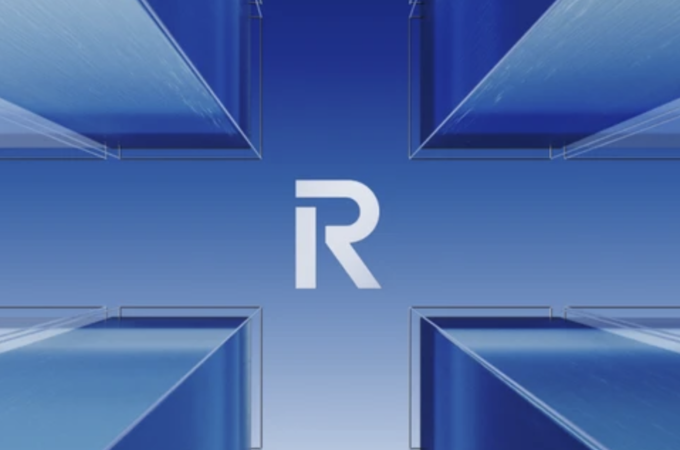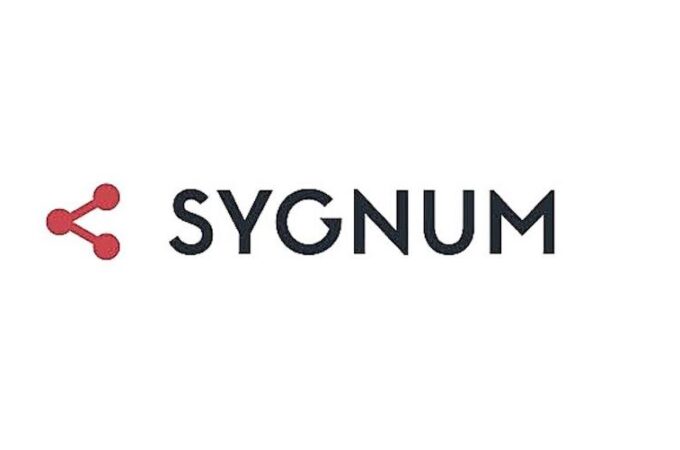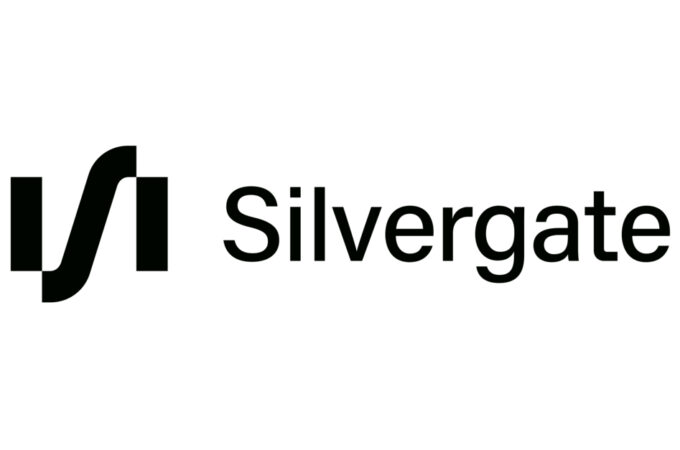
WTF is banking as a service?
via Tearsheet
Like other industries, banking is in the slow process of moving to the cloud. As this happens, banking functionality is becoming available on demand. By working with a banking as a service provider, any app can bolt on a current account or process payments. This move calls into question what a bank really is and who will function as a user’s primary financial institution.
What is banking as a service?
Banking as a service enables the digital delivery of banking services via APIs.
The problem is that no one in financial services can actually agree on what it means or how far this definition should extend. What about recreating an entire bank in the cloud? Is that banking as a service?
“We don’t use that term,” said Mark Gunning, global business solutions director at Temenos. “It may invite preconceptions that can disappoint or confuse. We’ve seen a similar term used in wealth management where it refers to software as a service and outsourcing. We’ve seen it used by banks offering a white label service. It’s confusing.”
There are wildly different understandings of what constitutes BaaS. For the sake of consistency, we’ll look at banking as a service as a digital version of Amazon’s AWS. This flavor of banking as a service applies to B2B customers who specifically aren’t banks, who don’t have a banking license.
In this model, at least one sliver of the banking technology stack gets integrated into a third party app or website.
So, a personal finance manager may decide that it makes sense for it to store and move money on behalf of its users. Short of becoming a full-fledged bank, the PFM can use banking as a service technology from companies like Green Dot and Cambr to power a current account and debit card. Some people in the industry call this functionality accounts as a service.
Providers that offer digital core banking technology wouldn’t fit into this definition of BaaS because their primary customers are banks.
How is banking as a service different than traditional core banking?
Others define banking as a service very differently. For banks with a license that want to move their technology stack to the cloud, they can use third party providers to host much of or the entire banking infrastructure instead of building it themselves. This is much deeper technology than just bolting on an ATM card to a popular app. Firms like Temenos and Q2 help power digital banking offerings for traditional retail and community banks that want modern infrastructure and functionality.
Digital core banking providers can often supply some or much of the the technology stack for new challenger banks. Temenos, for example, powers Australia’s Volt Bank and Greece’s Praxia. Some people call this a bank in a box.
Challenger banks turning into BaaS providers
As challenger banks mature and customers give their tech favorable reviews, some of these neobanks start looking for alternative sources of revenue and offer their platform as a BaaS.
As a challenger bank, Starling Bank has close to 500,000 personal and business accounts. On the heels of a recent investment round, Starling offers its own banking as a service offering (as well as payments as a service). Partners like Raisin, a European savings account marketplace, work with Starling for service bank accounts and payment processing capabilities.
“This becomes really interesting because up until now, if you had a great idea, you would need an emoney license, a bank board, and lots of capital,” said Julian Sawyer, Starling’s chief operating officer. “All this work is needed before you even start talking about a customer. Now, a company can code against our APIs and get a customer-centric product out into the market really quickly.”
Traditional banks have also gotten into the banking as a service game. Global bank BBVA has made a big bet on the opening up of banking tech infrastructure and in the US, is attempting to ramp adoption of its banking as a service platform.
The future of banking as a service
We think the future of BaaS is a much more mature version of what we see now. The definition of BaaS will split into multiple, clear sub categories, with many more new companies entering the market. Long term, the industry wil likely grow more transparent, where firms will offer most, if not all, their banking services via API.
This distributed model of banking pushes out banking services to apps and other pieces of software. Consumers no longer need to go to a bank to complete banking activities. It’s entirely possible that the nature of a primary banking relationship changes as users do their banking with companies that aren’t banks at all.
Tearsheet’s Meir Leff and Zack Miller contributed to this article.





